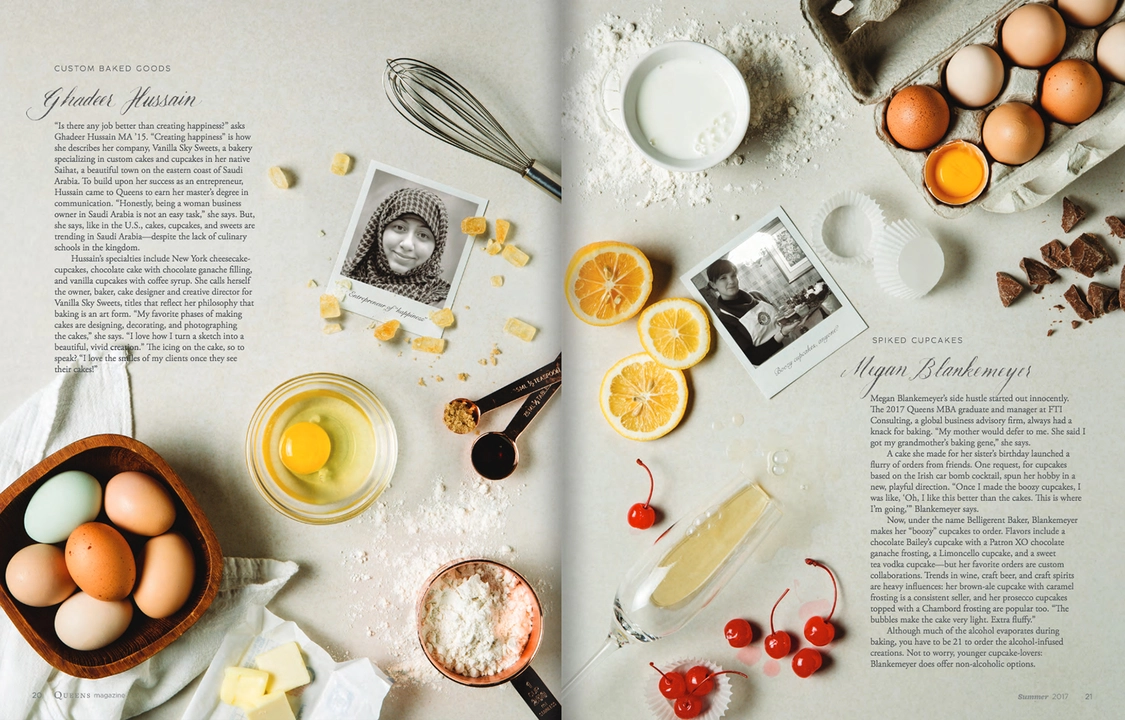Culinary Trends: What’s Hot in the Kitchen Right Now
If you love cooking, you’ve probably noticed new flavors, techniques, and dishes popping up on social media and restaurant menus. Those changes aren’t random – they’re part of the culinary trends that shape what we eat today. Understanding these trends helps you stay inspired, impress friends, and make better use of seasonal ingredients.
Why Trends Matter
Trends act like a menu for the whole food world. They point out what people are craving, what ingredients are becoming easier to find, and which cooking methods are saving time or reducing waste. By following trends, you can pick up fresh ideas before they become overdone, and you’ll be able to adapt them to your own taste and budget.
Another benefit is that trends often bring new health angles. For example, the rise of plant‑based proteins pushed many brands to improve texture and flavor, making it easier to add meat‑free meals to your rotation without sacrificing satisfaction.
Top Trends to Try This Year
1. Zero‑Waste Cooking – People are getting serious about using every part of an ingredient. Think carrot tops in pesto, broth made from leftover bones, or turning stale bread into crunchy croutons. It saves money and cuts down on trash.
2. Global Street Flavors – Street food from Southeast Asia, West Africa, and South America is moving into home kitchens. Simple recipes like Korean fire‑roasted corn, Nigerian pepper soup, or Mexican elote (grilled corn with cheese) bring bold taste without fancy equipment.
3. Fermentation Revival – Kimchi, kombucha, and sourdough are back, but the trend now includes small‑batch experiments at home. Fermenting vegetables adds tang, improves digestion, and creates a probiotic boost.
4. Plant‑Based Flexibility – Instead of going fully vegan, many cooks are mixing plant proteins with small amounts of meat. Using lentils in meatballs or adding mushrooms to burgers gives a familiar texture while upping the nutrient profile.
5. High‑Heat Cooking with Cast Iron – Cast‑iron skillets and Dutch ovens are prized for their heat retention. They help achieve that perfect sear on steak, crisp veggies, or caramelized onions with minimal oil.
To make these trends work for you, start small. Pick one idea – like turning apple peels into a syrup – and try it in a single recipe. If it feels right, expand it to other meals. The goal isn’t to chase every fad, but to find a few that fit your lifestyle and make cooking more fun.
Remember, the best trends are the ones you can adapt. If you love spice, add a dash of smoked paprika to roasted potatoes. If you’re into quick meals, try a one‑pot quinoa stir‑fry that uses leftover veggies. The key is to experiment without pressure and enjoy the process.
So next time you scroll through a food feed, ask yourself which new idea you can actually use tonight. With the right mix of curiosity and practicality, culinary trends become a toolbox, not a rulebook, and your kitchen stays fresh and exciting all year long.
